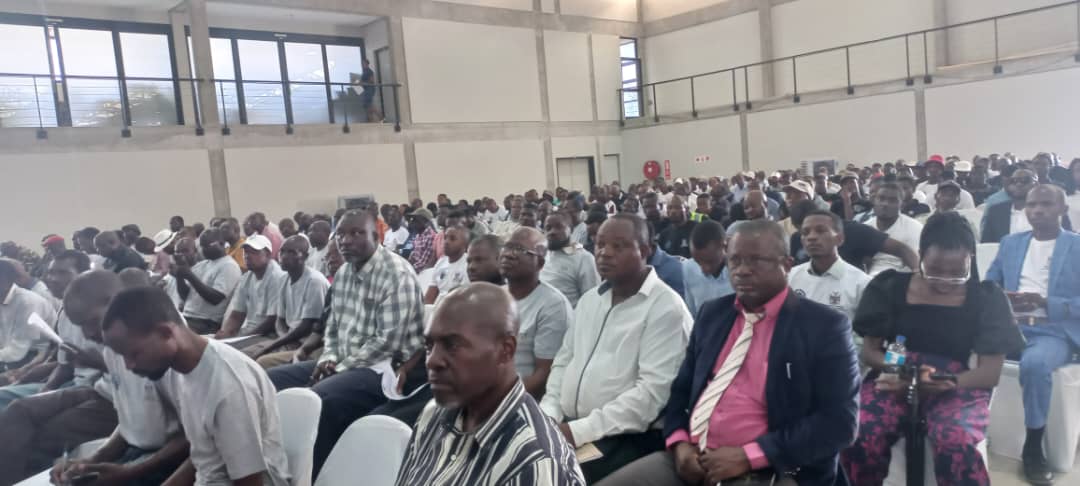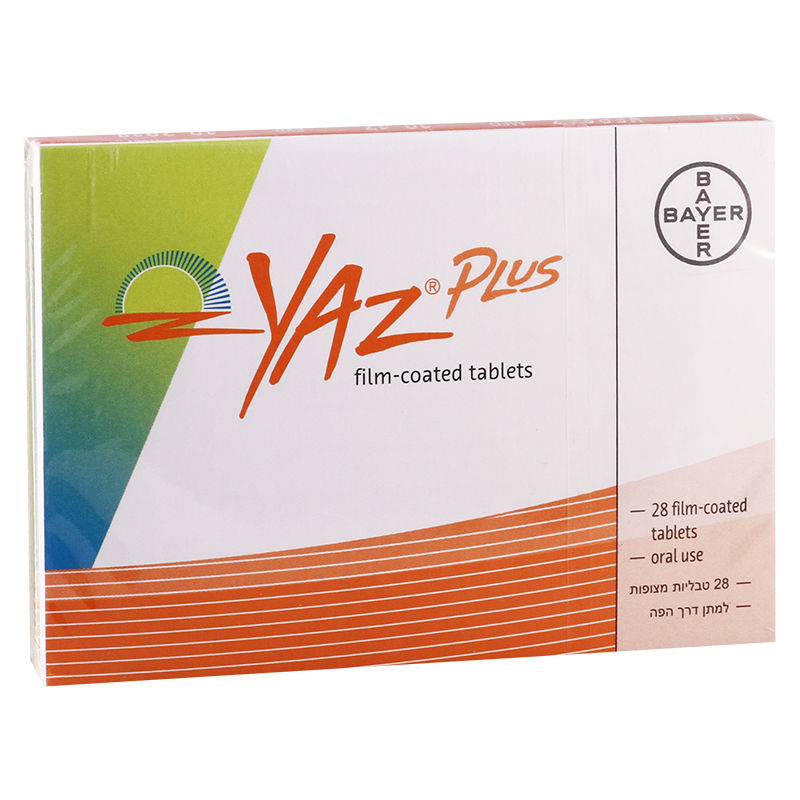The recent 23rd annual Riemvasmakers Traditional Community Cultural Festival focused on solidarity in culture.
The festival, which has been held annually since 1999, this year celebrated the theme ‘United in Culture: A Festival of Unity and Progress’.
Held in the heart of De Riet, in the Kunene region, the festival was a colourful display of cultural pride and the shared heritage of the Riemvasmaker people.
The Riemvasmakers are a mixed community, historically made up of Khoisan, Nama, Ovaherero, Damara and some Xhosa-speaking people.
They derived their name from ‘Riemvasmaak,’ meaning ‘to tighten the leather thongs’- their original home in South Africa’s Northern Cape province, where they had lived for generations.
The Riemvasmaker area is a semi-desert region located near the Kai !Garib (Orange River), where the community practised subsistence farming, mainly through livestock rearing and limited agriculture.
By 1941, the South African government began efforts to displace the community, and in 1957, the Riemvasmakers were required to carry Bantu Passbooks or face fines and eventual eviction.
They were issued identification documents reflecting racial classifications like ‘Damara’, ‘Hottentot’, or ‘Griekwa’, even though these labels were arbitrary and had little to do with the community’s true heritage.
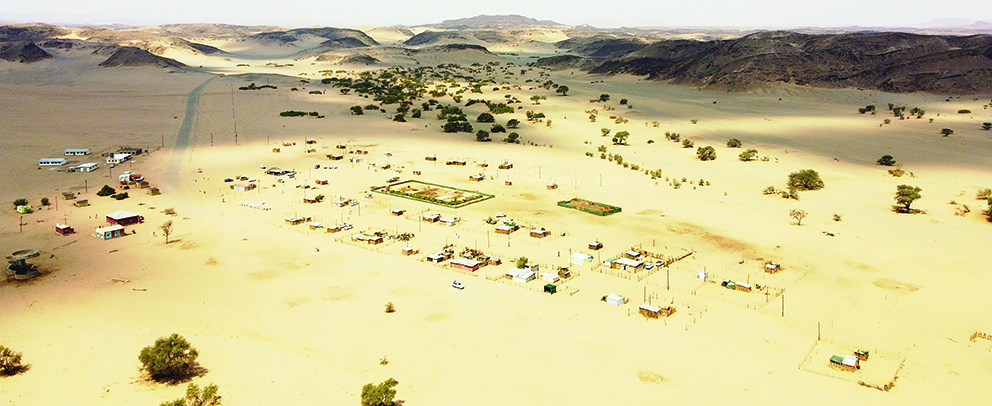
In 1966, the community received another blow when schools were closed under the Department of Coloured Affairs, citing that many of the children were not ‘Coloureds’.
Towards the end of the 1960s, South Africa’s apartheid government implemented its infamous forced removals policy, displacing many indigenous people from their ancestral lands under the Group Areas Act.
The Riemvasmakers were declared ‘squatters’ on their own land, and in 1974, they were uprooted.
The South African government relocated them to the harsh and arid lands of the then South West Africa (Namibia), far removed from their traditional lands and social structures.
Those of Xhosa origin were removed to the Eastern Cape, and those of Nama descent, to Damaraland.
The Nama settled in De Riet, Vrede, Bergsig, Khorixas and surrounds.
The community’s movements reflect the larger power dynamics at play in southern Africa, where indigenous groups were often displaced due to conflicts, drought, and colonial expansion.



In the drought of 1829/30, the Ovaherero migrated southwards and clashed with the local Nama groups, notably the Kai||khaun under I/Oaseb and the Oorlam Afrikaners under Jonker Afrikaner.
The subsequent Cattle War devastated both sides, leading to a protracted struggle that lasted until 1892.
As a result of intermarriage and migration, the Riemvasmaker community became ethnically diverse, with many families bearing surnames like Kooper, Basson, Matroos, Dawids, Witbooi and Adams among many others.
The removals culminated in 1974, when the South African authorities informed the Riemvasmakers they had to vacate their land, sell their livestock and move.
Headman Jakob Booysen, himself Otjiherero, was initially offered land near Kuruman, but refused. The government then proposed a move to Damaraland in Namibia, which Booysen accepted, provided they would not be settled in the desert region itself.
Upon their arrival in Namibia, the Riemvasmakers were resettled in the Bergsig area, with some families being allocated land in other regions, including Middelpos.

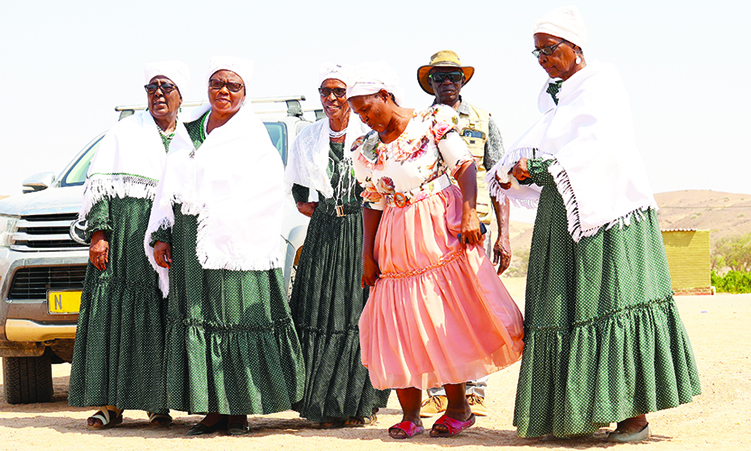

Although this marked a new beginning, the community was forced to start over in harsh conditions. The area lacked basic infrastructure like housing, schools, and hostels, and the people were faced with the daunting task of making the land habitable.
The hardships were not just environmental but also involved dealing with wildlife. In one harrowing incident, a lion attacked livestock near the community’s tents during a funeral vigil.
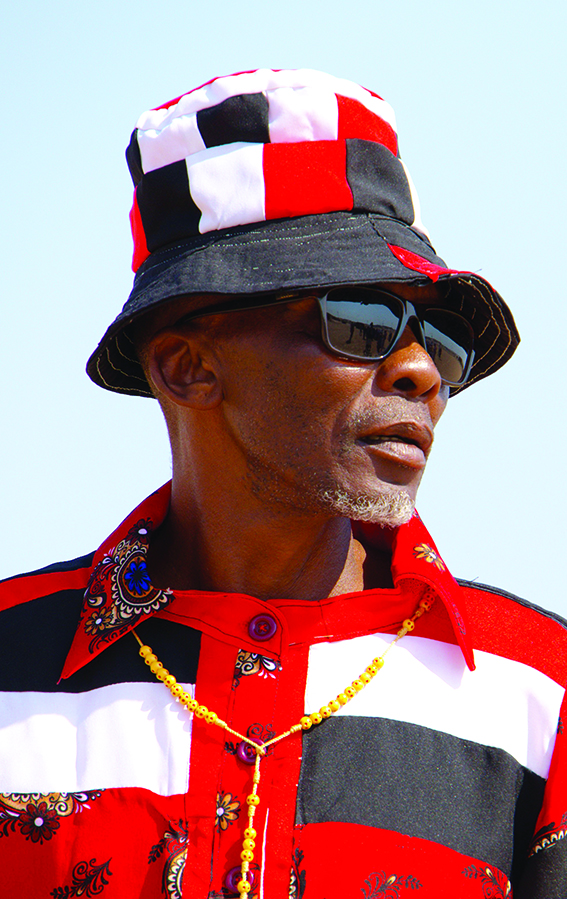
The authorities were quick to respond, relocating the people from Otjihavera to De Riet, where chief Johannes Mangani later established the traditional community’s seat.
Essential for the community’s expression of solidarity and lineage remembrance, the festival was distinguished by the use of red, white and black in traditional dress, with each colour bearing significant meaning.
Red depicts the blood shed during warfare between the Namas and Herero communities, while white represents the triumphs and hope that followed.
Black, on the other hand, represents the dark hours and disheartening feeling during the ‘black spot’ removals and displacement.
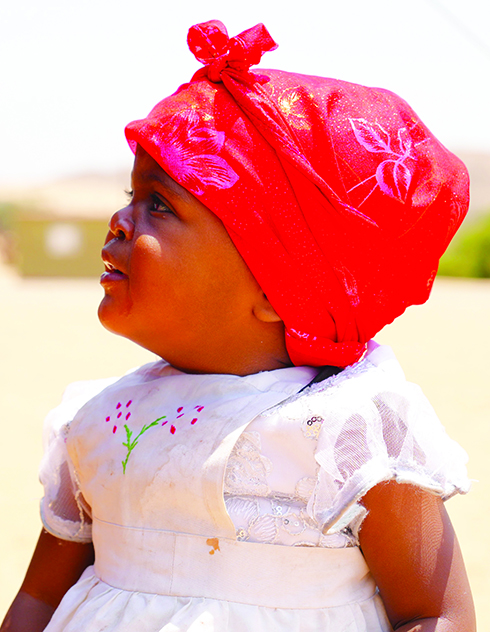
True to tradition, the Nama stap took centre stage – a traditional dance with quick and precise footwork, accompanied by rhythmic clapping and singing.
One of the event’s prominent speakers was acting chief of the Riemvasmakers Traditional Community, Gertruida Cloete, who stresses the festival’s importance in preserving cultural identity in the face of previous displacement.
“Our community’s strength is built on the basis of solidarity. Regardless of where life has taken us or the difficulties we have encountered, we are united by our shared ancestry and beliefs.
“Our culture, stories and history define who we are today, and we must continue to transmit this legacy down to future generations. By being unified and connected to our roots, we ensure that the Riemvasmaker identity endures for years,” Cloete says.
Palmwag Lodge & Camp, a vital component of the Torra, Anabeb, and Sesfontein concession, is located in the heart of the Damaraland, close to where the Riemvasmakers have established their homes.
The resort, managed by Gondwana Collection Namibia, not only provides tourists with a unique insight into the vast expanses where the Riemvasmakers currently live, but it also actively supports local communities and conservation initiatives.
The lodge helps to safeguard the area’s desert-adapted elephants and rhinos, maintaining the land’s natural and cultural legacy.
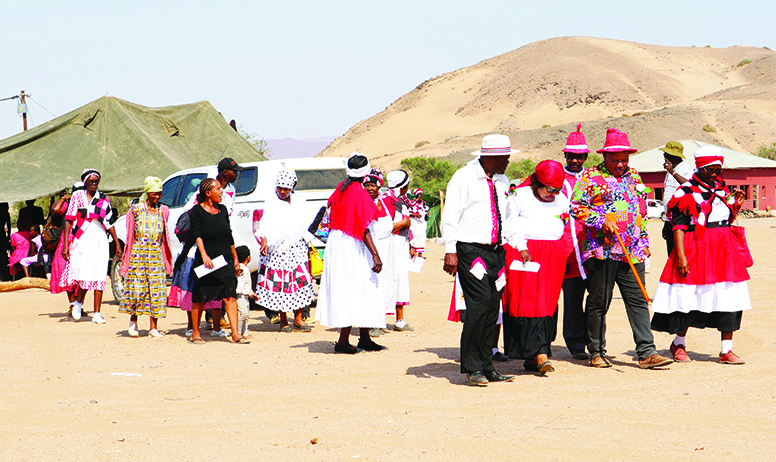
Stay informed with The Namibian – your source for credible journalism. Get in-depth reporting and opinions for
only N$85 a month. Invest in journalism, invest in democracy –
Subscribe Now!




